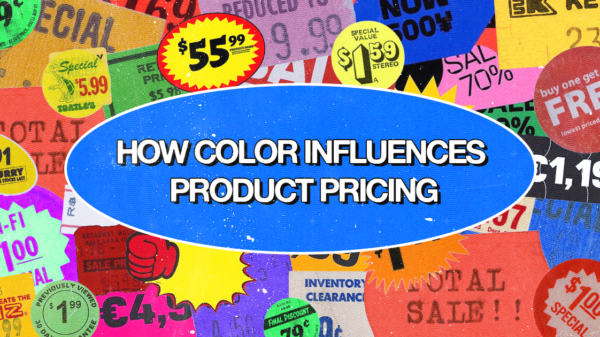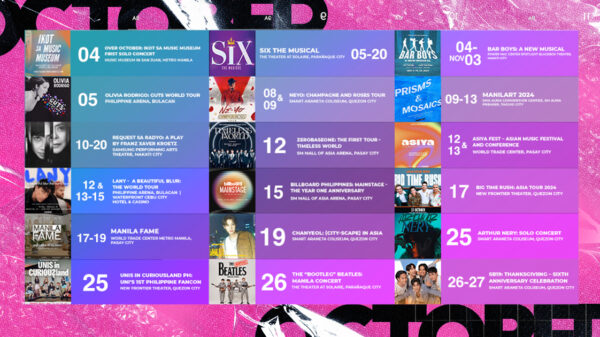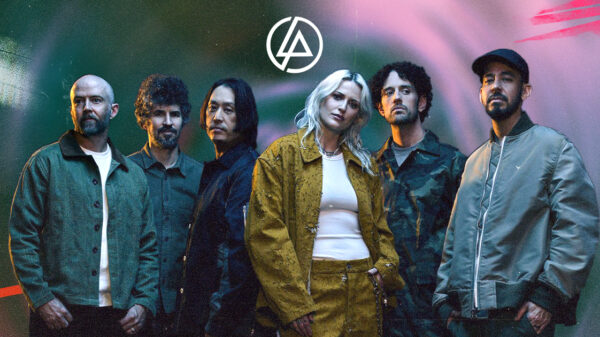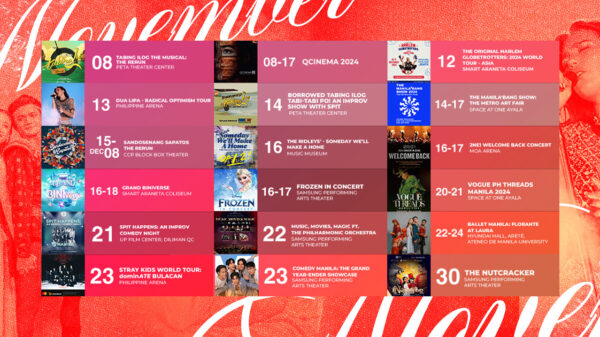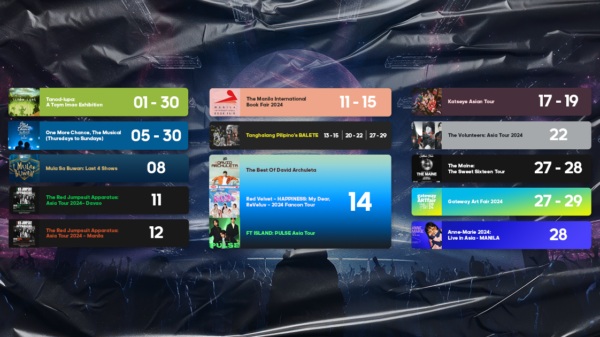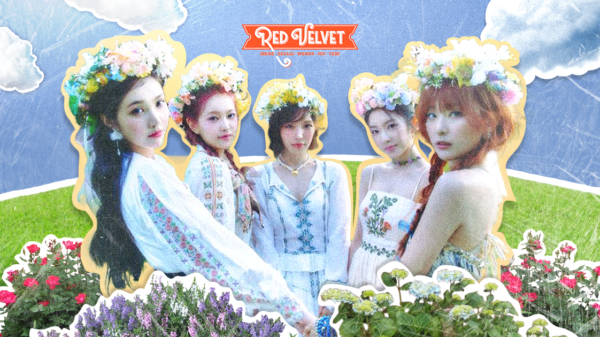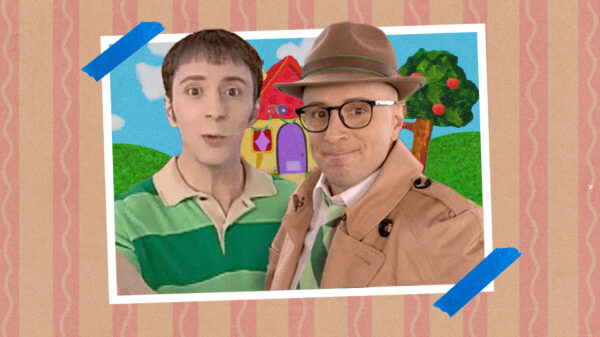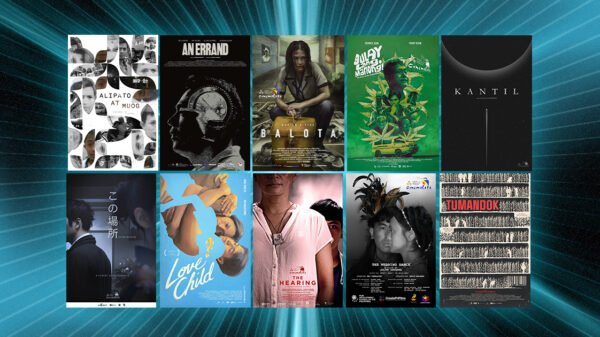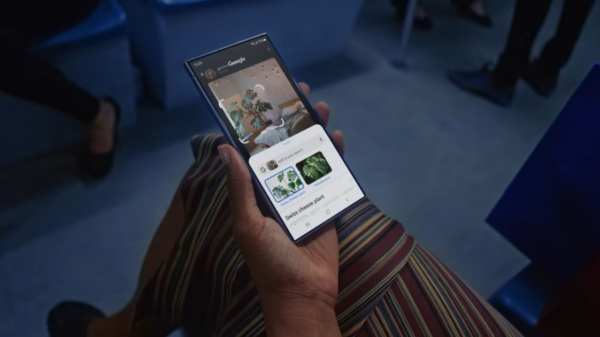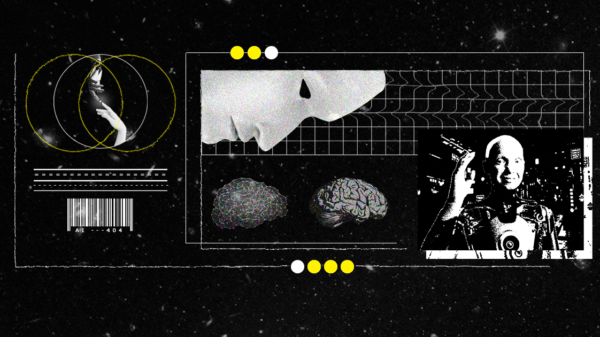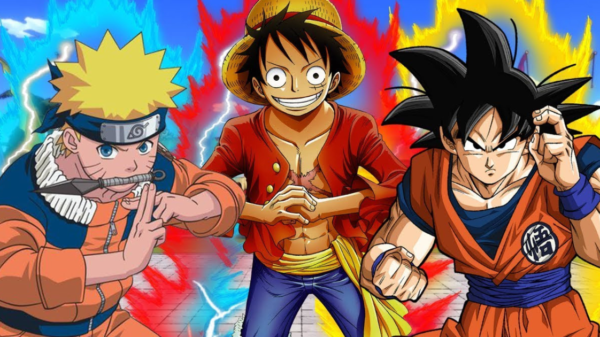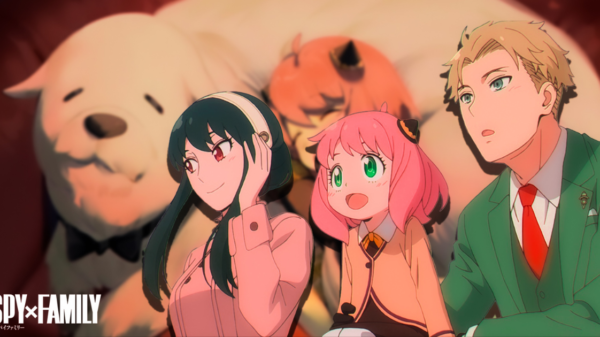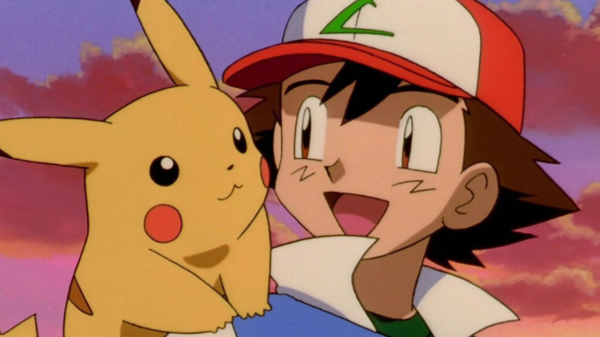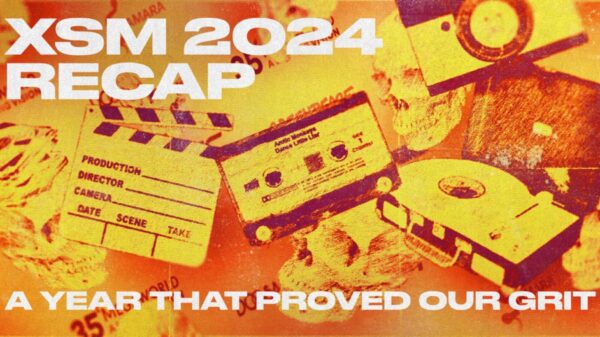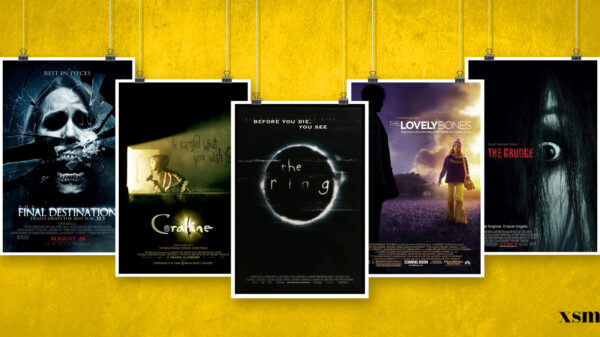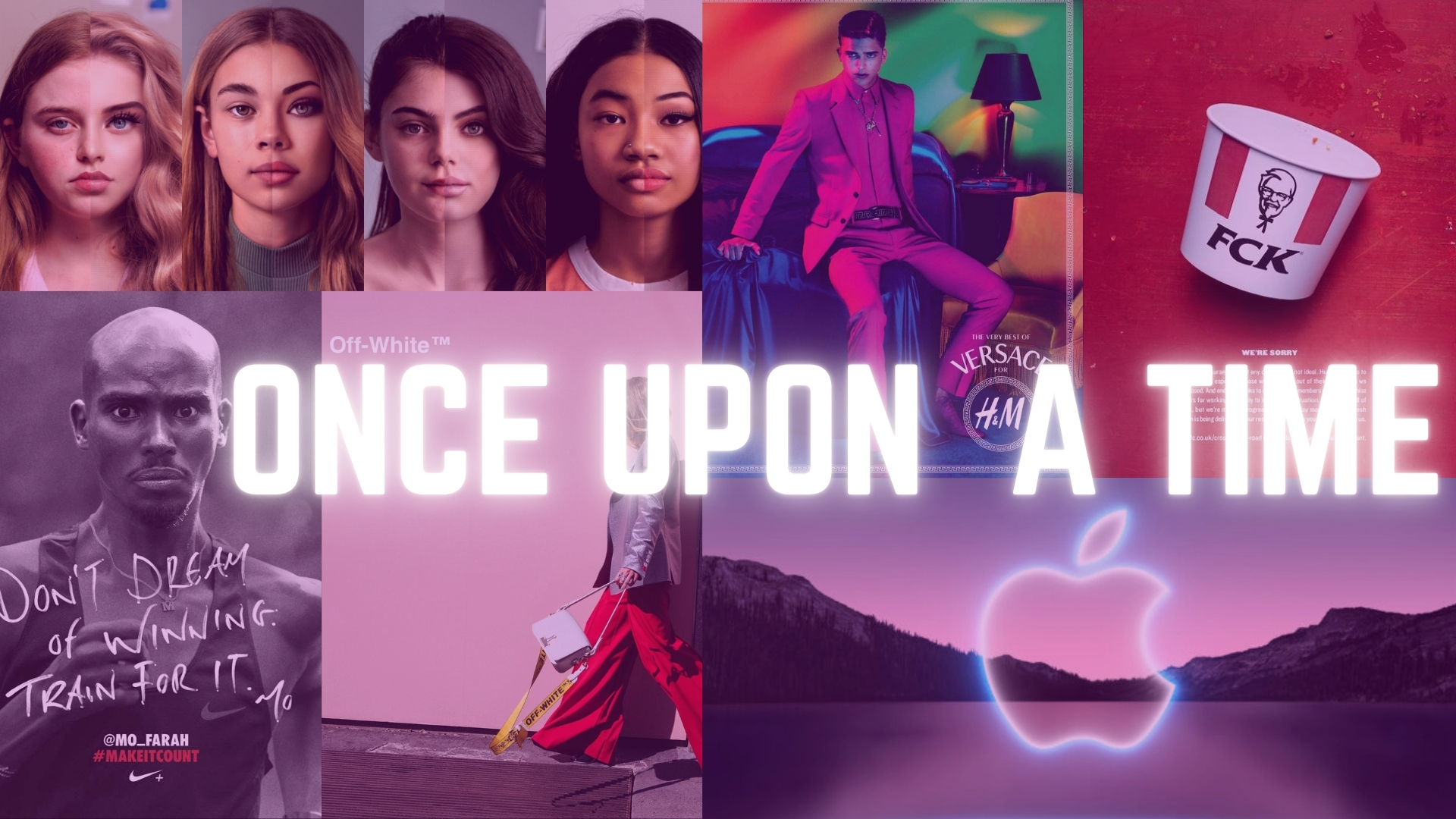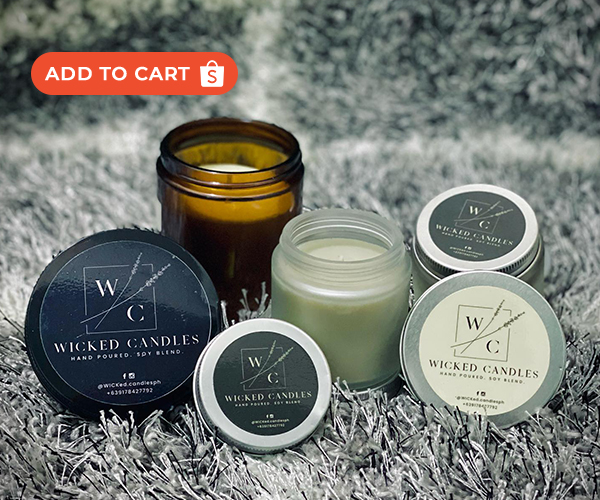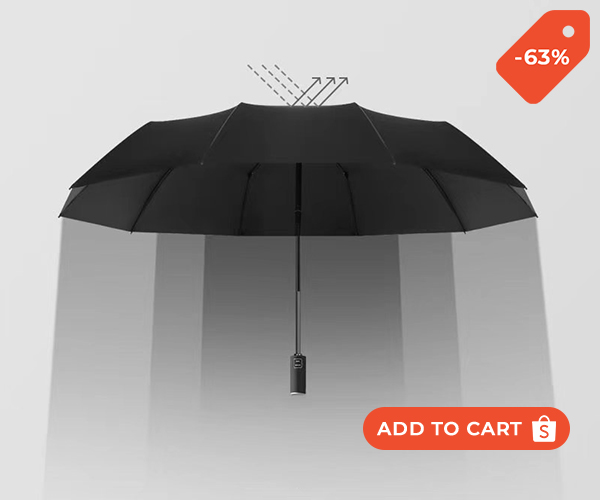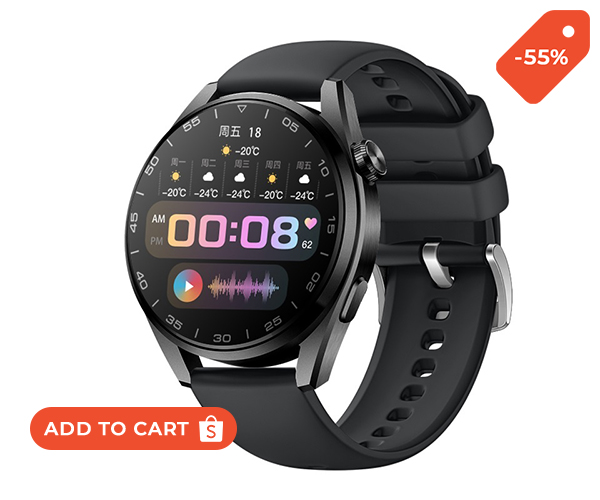When someone says ‘Apple’ (the company, not the fruit), what reaction do you have?
Maybe you picture the sleek, aluminium casing of a Macbook Pro. Maybe you think of Steve Jobs’ storied journey from garage to Apple Park. Maybe the word ‘innovation’ springs to mind.
Whatever reaction you have is in large part due to Apple’s ability to tell captivating stories about the brand. This ability is something that any brand can learn to implement to incredible effect.


What Are The Elements Of A Great Brand Story?
A brand story isn’t a single document, press release, or social media post. It’s the sum of all a brand’s communications, values, products, and interactions combined with the reactions that they inspire in consumers.
Humans have been telling stories since we first began to use sounds and symbols to represent ideas. After hundreds of thousands of years, we’ve got it down to a science. Whether you want to tell a captivating brand story or a fairy tale, you’re going to need some basic elements.

Characters
Characters are an integral part of a compelling brand story. It’s hard for consumers to feel a personal connection with a brand unless that brand makes an effort to humanize itself. There is no correct way to select the characters that define your brand, but there are a few common options:
- Customers – Many brands make customers the main characters because it’s an easy way to make sure you’re brand story is appealing to your target market. See the Dove Real Beauty campaign for a masterclass.
- Founders – Founders make great characters because everyone loves success stories. Tesla’s brand story is deeply linked to Elon Musk.
- Brand – Your brand or company can be a character in its own story if you cultivate a brand persona and voice that humanizes it. For inspiration, check out Frank Body’s unique approach to brand persona.
Setting
A setting can help you establish context for your brand story and allow consumers to identify with your message even more than they would otherwise be able to. This could be a physical setting that lets your customers get a sense of where your company is located or originated.
Or, it might be a more abstract setting that gives them a hint about the state of the industry in which you operate or basic features of the area you’re trying to influence. For example, if you’re telling a story about how your company was founded, you have to give the reader some background information about the founders and their decision to start your business in the first place.

Structure
A captivating brand story needs structure. Since you won’t necessarily be able to control every detail, it makes sense to opt for the most simple story structure in existence, a conflict followed by a resolution. Here’s a rundown of both elements:
Conflict
Conflict is the part of a story where something goes wrong and you’re struggling to rectify it. In the context of a brand story, this is often the problem that the company is trying to solve.
Imagine the owners of a small corner shop constructing a brand story. Their conflict might look something like this: “In the age of massive, chain convenience stores it’s difficult for independent convenience stores to stay in business without franchising.”
Resolution
A satisfying resolution is the final step in any good brand story. This is where you resolve your conflict and let your customers know how you’re solving the problem and why it matters.
Returning to the corner shop above, their resolution might look like this: “We’re proud to serve the community best as an independent retailer because it allows us to supply high-quality, local products that benefit everyone.”
If you want to tell a great brand story, you have to make sure that all of the elements work together. Your characters need to be relatable, your setting has to be appropriate, and you have to create a structure that makes sense. When you put it all together, consumers should have a clear mental image of who you are, what you do, and why.






